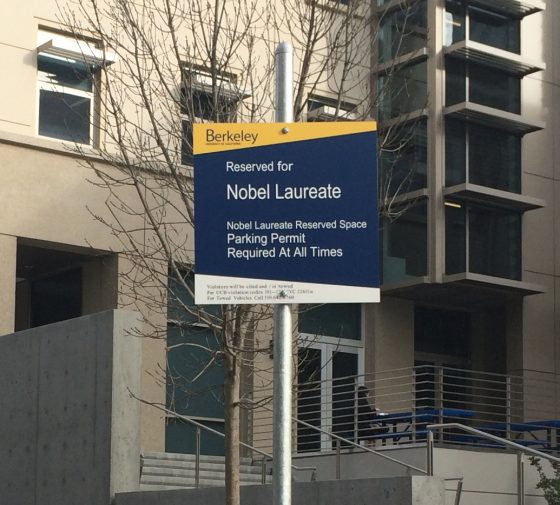 California has a lot of public universities, and many of them receive astronomical number of first-year applications each admissions cycle.
California has a lot of public universities, and many of them receive astronomical number of first-year applications each admissions cycle.
We’re talking huge numbers here, but the question you also should be asking if you are an out-of-state student is are some, all, or any of them even worth your consideration when taking into account return on investment? Watch the video below to learn more.






